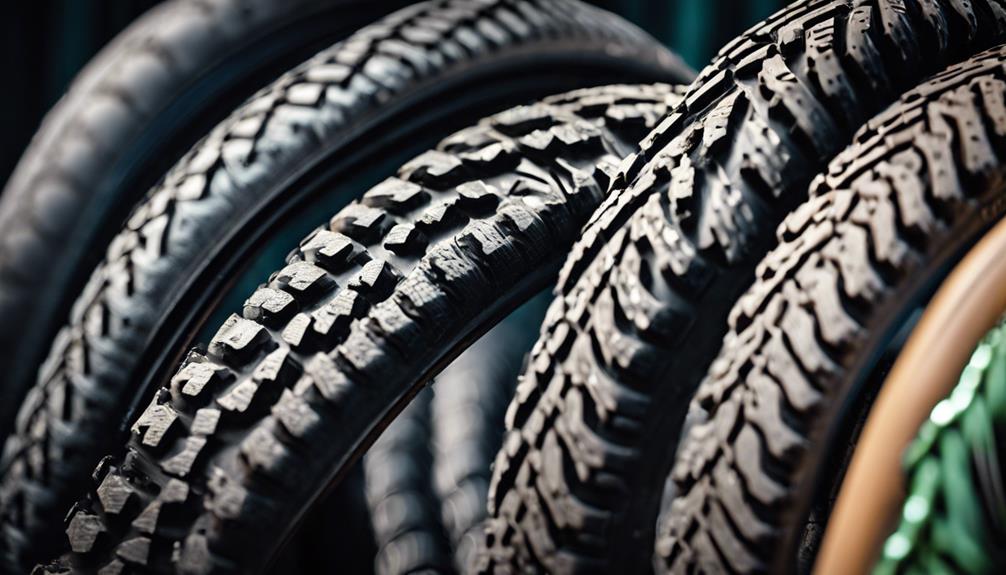Over the past decade, there has been a noticeable surge in the popularity of cycling as a mode of transportation, recreation, and fitness. This trend has led to the rapid growth of cycle stores, which cater to the diverse needs of cyclists, from beginners to enthusiasts. In this article, we will explore the factors contributing to the rise of cycle stores, the benefits they offer, the types of products and services available, and how they are adapting to the evolving market landscape.
The Growing Popularity of Cycling
The resurgence of cycling can be attributed to various factors, including environmental concerns, health benefits, and urban congestion. Here are some key reasons why cycling has become a favored choice for many:
- Environmental Awareness: With increasing awareness of climate change and pollution, many individuals are seeking sustainable alternatives to traditional modes of transportation. Cycling produces zero emissions, making it an eco-friendly choice.
- Health Benefits: Cycling is an excellent form of cardiovascular exercise that improves fitness levels, aids weight loss, and enhances mental well-being. The World Health Organization (WHO) has endorsed cycling as a way to combat sedentary lifestyles.
- Urban Mobility: As cities become more congested, cycling offers a practical solution for navigating traffic. Many urban areas are investing in cycling infrastructure, such as bike lanes and bike-sharing programs, to encourage this mode of transportation.
The Cycle Store Phenomenon
As more people embrace cycling, cycle stores have emerged as vital players in the retail landscape. These stores go beyond merely selling bicycles; they offer a range of products and services that cater to cyclists’ diverse needs. Let’s delve into what makes cycle stores unique.
Types of Products Offered
Cycle stores provide a comprehensive selection of bicycles and accessories suited for various cycling activities. Here are some common categories of products found in cycle stores:
- Road Bikes: Designed for speed and efficiency on paved roads, road bikes are lightweight and aerodynamic.
- Mountain Bikes: Built to withstand rugged terrain, mountain bikes feature wider tires and enhanced suspension systems.
- Hybrid Bikes: Combining elements of both road and mountain bikes, hybrids are versatile and suitable for various surfaces.
- Electric Bikes (E-bikes): With a growing interest in electric bicycles, many cycle stores now offer e-bikes that provide assistance while pedaling.
- Accessories: Cycle stores stock a wide range of accessories, including helmets, lights, locks, clothing, and maintenance tools.
Services Offered
In addition to products, cycle stores often provide essential services that enhance the cycling experience:
- Repair and Maintenance: Regular maintenance is crucial for keeping bicycles in optimal condition. Many cycle stores offer repair services, ensuring that customers can keep their bikes running smoothly.
- Customization: Cyclists often seek to customize their bikes to suit their preferences. Cycle stores may offer services such as bike fitting and component upgrades.
- Rentals: For tourists or those looking to try cycling without a long-term commitment, many cycle stores provide rental services.
Case Study: The Impact of COVID-19 on Cycle Stores
The COVID-19 pandemic significantly impacted various industries, including retail. However, cycle stores experienced an unexpected boom in demand. As lockdowns were imposed and public transportation became less appealing, many individuals turned to cycling as a safe, socially distanced way to commute and exercise.
According to a report by the NPD Group, bicycle sales in the United States surged by 62% in 2020 compared to the previous year. This trend was mirrored globally, with many cycle stores struggling to keep up with the demand for bicycles and accessories.
In response to this growth, cycle stores adapted their strategies by:
- Enhancing Online Presence: Many retailers invested in e-commerce platforms to cater to shifting consumer behavior. Offering online sales and curbside pickup became essential to meeting customer needs.
- Expanding Inventory: To capitalize on the increased demand, cycle stores expanded their inventory to include a wider range of bicycles and accessories.
- Promoting Safety Measures: Cycle stores implemented health and safety protocols to ensure a safe shopping experience for customers.
The Future of Cycle Stores
As cycling continues to gain popularity, the future of cycle stores looks promising. However, they will need to adapt to evolving consumer preferences and market trends. Here are some potential developments to watch:
- Integration of Technology: The rise of smart bikes and connected accessories will likely drive cycle stores to offer more technologically advanced products and services.
- Focus on Sustainability: As environmental concerns grow, cycle stores may emphasize sustainable practices, such as selling eco-friendly products and promoting recycling programs.
- Community Engagement: Building a sense of community among cyclists can enhance customer loyalty. Cycle stores might host events, group rides, and workshops to engage with their local cycling communities.
Conclusion
The rise of cycle stores is a testament to the growing popularity of cycling and the changing dynamics of transportation and recreation. As more individuals recognize the environmental, health, and practical benefits of cycling, cycle stores will continue to thrive by providing essential products and services. The COVID-19 pandemic accelerated this trend, highlighting the importance of adaptability and innovation within the retail space.
As we look to the future, the ongoing evolution of cycle stores will be influenced by technological advancements, sustainability initiatives, and community engagement. For both new and experienced cyclists, cycle stores will remain indispensable hubs that support and enhance their cycling journey.
In summary, the growth of cycle stores reflects a broader cultural shift toward cycling, driven by a combination of environmental consciousness, health awareness, and urban mobility needs. As these stores evolve, they will play a crucial role in shaping the future of cycling and fostering a vibrant cycling community.
